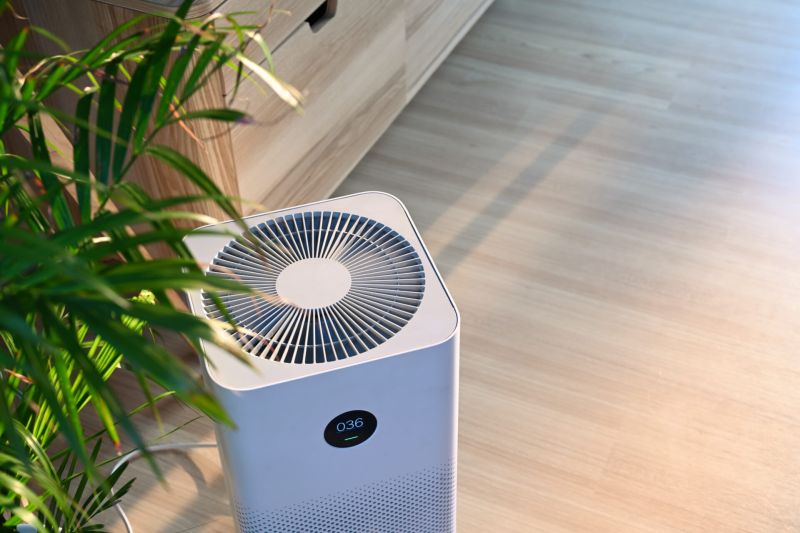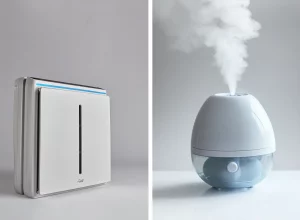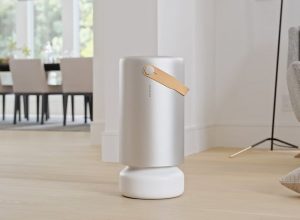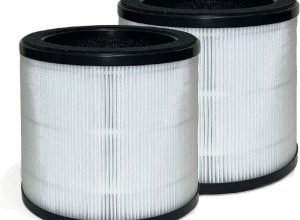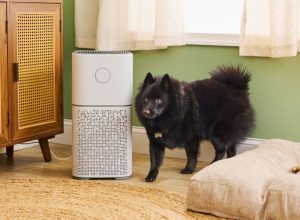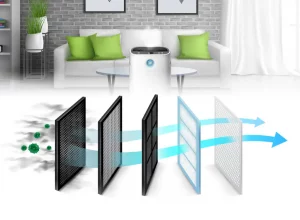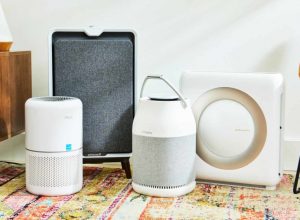Contents
How to Maintain Your Air Purifier for Long-Term Performance
Air purifiers are essential appliances for ensuring clean, healthy air in indoor environments. Regular maintenance is crucial for extending the lifespan and efficiency of these devices. This article provides a comprehensive guide on how to maintain your air purifier effectively over time.
Understanding the Components
Before delving into maintenance, it’s important to understand the key components of an air purifier, as each plays a critical role in ensuring its efficient operation:
- Filters: Most air purifiers feature a HEPA (High-Efficiency Particulate Air) filter, which is designed to trap at least 99.97% of particles that are 0.3 microns in size. This particle size is considered the most penetrating particle size (MPPS), making the HEPA filter incredibly effective for capturing allergens, dust, pet dander, smoke, and even some bacteria. Additionally, many models include pre-filters, which are designed to capture larger particles such as hair and dust before they reach the HEPA filter. This dual-layer approach not only enhances air quality but also prolongs the lifespan of the HEPA filter, resulting in reduced maintenance frequency and cost.
- Fan: The fan plays a pivotal role by facilitating air circulation through the filtration system. Specifically, it pulls in contaminated air from the environment, directs it through the filters, and then pushes the purified air back into the room. The effectiveness of the fan can vary based on its design, motor power, and the air purifier’s overall construction, which determines its ability to exchange air efficiently. A fan with adjustable speed settings may further enhance flexibility based on room size and air quality needs.
- Activated Carbon Filter: This component is crucial for odor control, as it contains porous activated carbon that effectively traps and neutralizes odors from cooking, pets, smoke, and other pollutants. Beyond odors, the activated carbon filter also adsorbs certain volatile organic compounds (VOCs) and harmful gases, significantly improving indoor air quality. It’s essential to monitor the saturation of this filter, as its efficiency diminishes over time, especially in environments with high levels of gases and odors.
- UV Light: Some advanced models incorporate UV-C light technology, which is effective for inactivating bacteria, viruses, and other pathogens in the air. This feature operates by emitting ultraviolet light at a spectrum that disrupts the DNA of microorganisms, rendering them unable to reproduce. While beneficial, the inclusion of UV light requires careful consideration regarding bulb longevity and replacement, as over time, UV bulbs lose intensity, affecting their effectiveness.
Regular Filter Maintenance
Filters are the heart of an air purifier. Regular maintenance of filters can ensure optimal performance:
Check Filter Status
Most air purifiers have filter indicators to alert users when it’s time to replace or clean the filters. Being attentive to these indicators can prevent clogged filters, which reduce airflow and efficiency.
Cleaning Pre-Filters
Starting with the pre-filter, which captures large particles, clean it every month. To do this:
- Remove the pre-filter according to the manufacturer’s instructions.
- Use a vacuum cleaner with a brush attachment to gently remove dust and debris.
- For deeper cleaning, wash it with warm soapy water, rinse thoroughly, and allow it to dry completely before reinstalling.
Replacing HEPA and Carbon Filters
HEPA filters should typically be replaced every 6 to 12 months, depending on usage and air quality. Similarly, activated carbon filters should be checked and replaced according to the manufacturer’s specifications. Here’s a table summarizing filter types and maintenance specifics:
| Filter Type | Maintenance Frequency | Actions |
|---|---|---|
| Pre-Filter | Monthly | Clean with vacuum or wash with water |
| HEPA Filter | 6-12 months | Replace with new filter |
| Activated Carbon Filter | 3-6 months | Replace if odors persist |
Cleaning the Air Purifier Body
Additionally, it’s essential to keep the exterior of the air purifier clean, as dust and grime can accumulate and affect performance.
Wipe Down the Surfaces
Use a damp cloth to wipe down the exterior, avoiding the use of harsh chemicals that may damage the unit. Ensure the unit is turned off and unplugged before cleaning.
Check Air Intake and Exhaust
Inspect the air intake and exhaust areas regularly to ensure they’re not blocked by dust or furniture. Clear away any obstructions to maintain proper airflow.
Optimal Placement
For long-term effectiveness, position the air purifier correctly within the room:
- Place the unit in an open area to facilitate maximum airflow.
- Avoid corners or spaces behind furniture where air circulation may be restricted.
- Keep it away from heat sources, like radiators, which can impact filter efficiency.
Seasonal Maintenance Considerations
Different seasons can affect air quality and your purifier’s workload:
Spring and Summer
During pollen seasons, you may need to check and replace filters more frequently due to increased allergens.
Autumn
Dust and mold can rise, necessitating regular cleanings and assessments of filter conditions.
Winter
Indoor heating can reduce humidity levels, leading to a buildup of dust, so ensure to maintain a clean environment.
Monitor Performance and Efficiency
Keep an eye on the air quality indicators if your purifier has them. If you notice a decrease in air quality or performance, it may be time to change filters or conduct deeper maintenance.
Conclusion
By following these maintenance practices, you can ensure that your air purifier continues to operate efficiently, providing you with clean air for years to come. Regularly check and replace filters, maintain cleanliness, consider placement, and adjust for seasonal changes to maximize performance.
